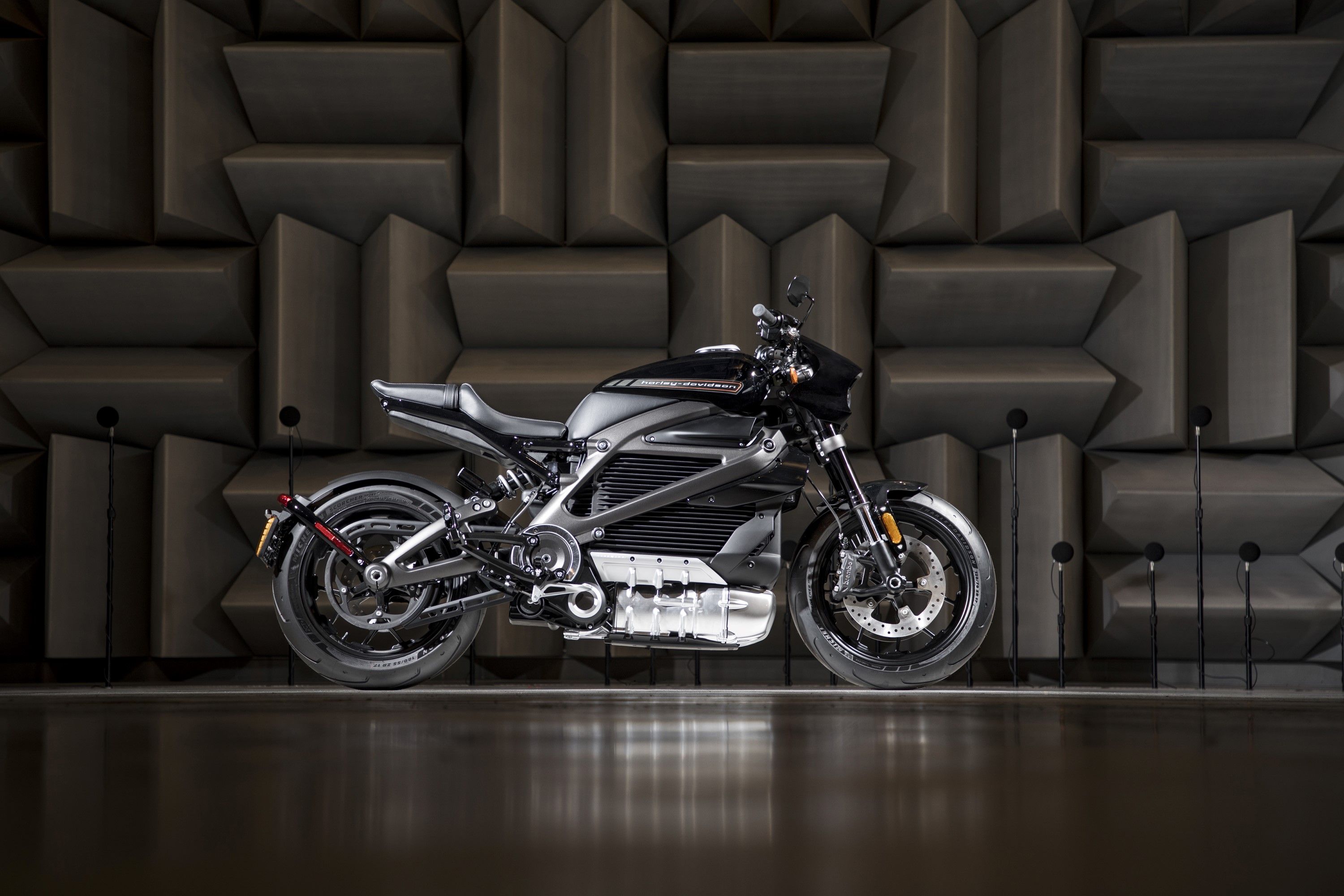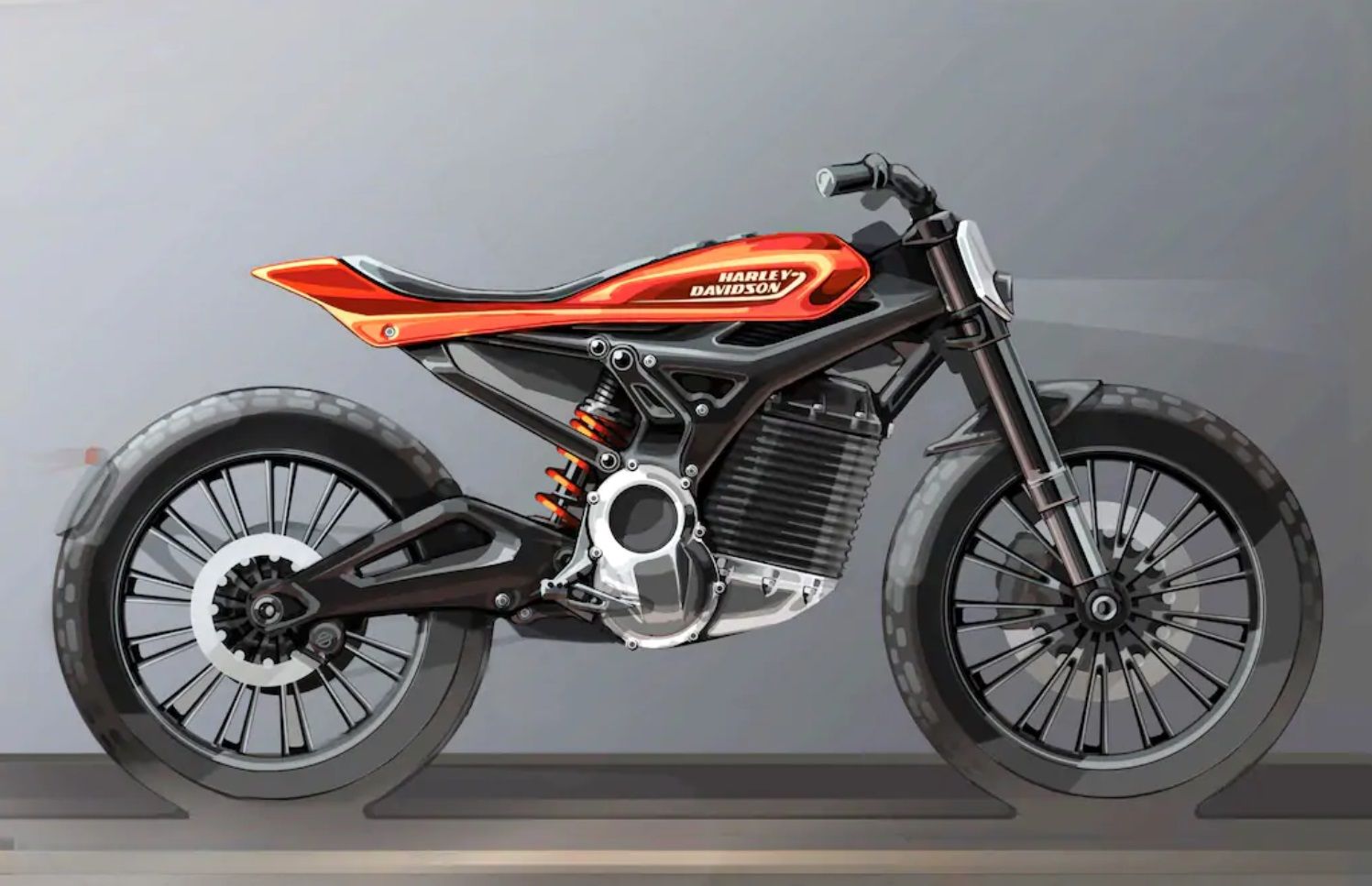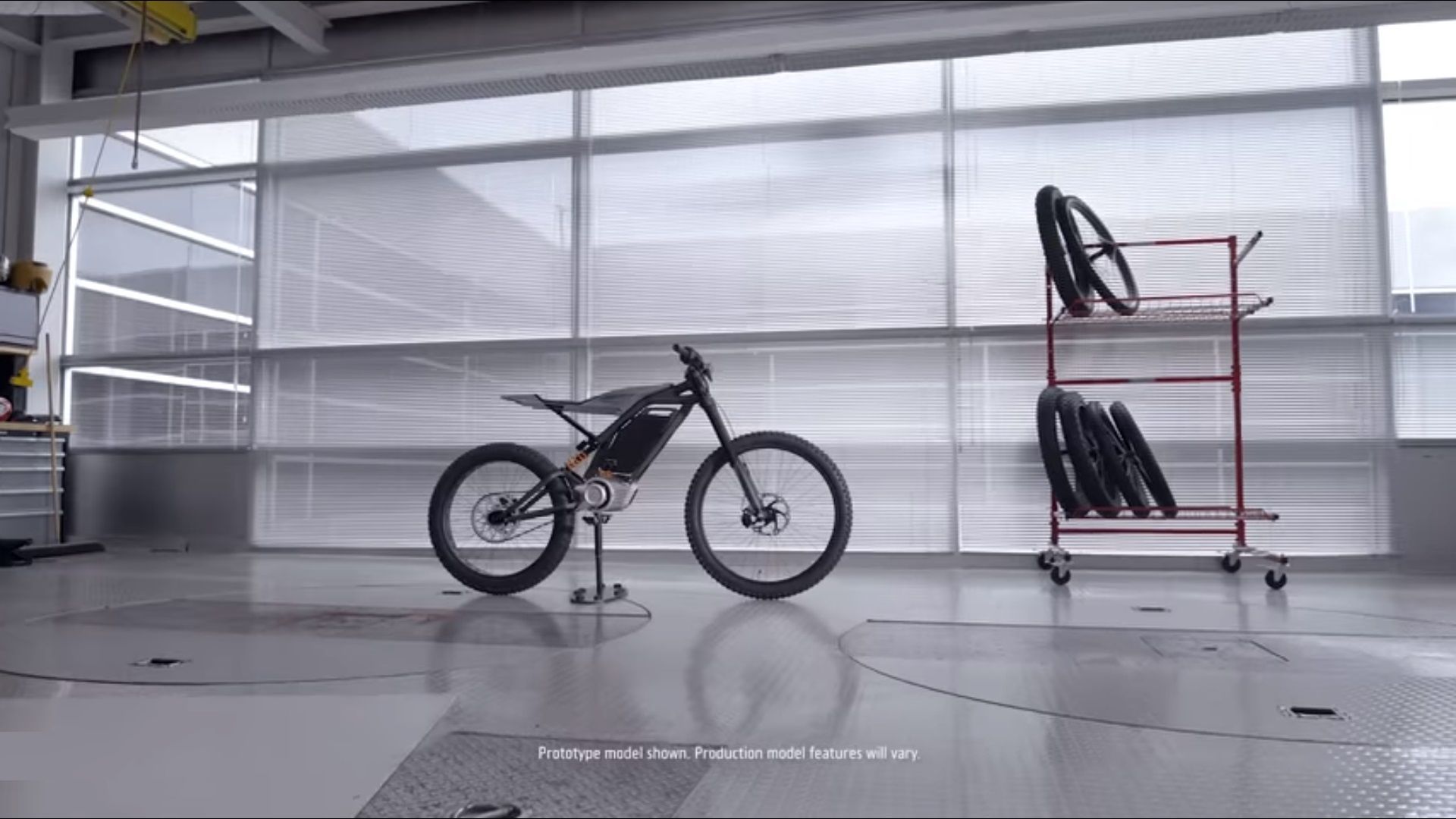Harley-Davidson promised to give us 100 new models in the coming decade and has already showcased 12 new ones this year. Nine new Softails, the Street Rod, and two from the Sportster series – Iron 1200 and Forty-Eight Special. With 88 more to come, Harley has gone ahead and registered three new names for their new motorcycle models: ‘Bronx’ ’48X’ and ’Pan America’.
Amongst the new names was also Harley’s newfound love for the LiveWire electric motorcycle that will run on the "Revelation" powertrain. And now, as part of its brand new “More Roads to Harley-Davidson” growth plan through 2022, HD has showcased multiple concepts under the LiveWire bandwagon including the 2019 production ready LiveWire motorcycle.
Coming in as a surprising change in corporate stance, Harley Davidson has gone on record showcasing its future plans over the next five years in great detail. “We have typically been very conservative,” says Senior Vice President and Chief Operating Officer Michelle Kumbier.
Blowing the door wide open, HD gave us a peek at all their new products coming in the next five years including new internal combustion engines (500cc, 750cc, 975cc and 1,250cc) that will go onto 16 new models, all of which will be liquid-cooled, 60-degree V-twins with DOHC. These will power multiple new segments Harley will be debuting in with adventure-tourers, customs, and streetfighters being prominent ones.
The first to hit the streets will, however, be none of these. Harley Davidson will be instead launching its first electric motorcycle, LiveWire, in 2019. It will be the first in a broad, no-clutch “twist and go” portfolio of products that will put the company right in the center of the electric race.
This piece of information comes after Harley-Davidson ties the knot with Alta Motors to develop next-gen EVs’. It will be an equity investment sharing ideologies and infrastructure to develop batteries, chargers, and motorcycle powertrains.
Harley created the Project LiveWire back in 2010 as a base to start a whole new endeavor with the newfound source. They needed the bike to run, at the least, a 100 miles on a full charge, and with this progress in 2018, it looks like the chaps at HD have found a way to give that much juice. And it also looks more authentic with high-level aesthetic and finishes compared to the prototype.
Post this “premium, high-power, halo model”, HD will also launch a series of electric models including a Street Tracker variant running similar specs like the 2018 Redshift MXR Motocross model and will carry 19″ wheels borrowed from the Roadster series, and the WP AER suspension will have a lower setup compared to the Motorcross. To be introduced in 2021-22, it will come with “accessible power” and will also be lower priced than the LiveWire flagship.
For around the same timeline, Harley Davidson is also developing “lightweight urban” bikes. They will be electric-assist bicycles and pedal-less Electric Mountain bikes and showcases Harley’s forethoughts to seed demand ahead of product availability. Since many markets don’t require licensing or insurance for pedal-assist bikes, Harley will find a strong foothill in this segment with these.
Enticing the new wave of customers that have so far been kind of impervious to the traditional style of motorcycling. The electric way will cover a wide range of customer bases since it can be optimized with a variety of optional power packs and accessory sets that can make the bike either affordable or even high-end.
This will, however, ruffle the feathers of loyalists, but all of this is in a bid to attract a whole new generation of customers that believe in making a difference to the environment. Many other major manufacturers have gone through the same strategy to rope in new riders.
All of this, Harley hopes, will help bring in at least 2 million new riders in the U.S. by 2027 and increase its international business to 50 percent of annual volume. Hopefully, all of this can do wonders sending Harley back to its glory days.






